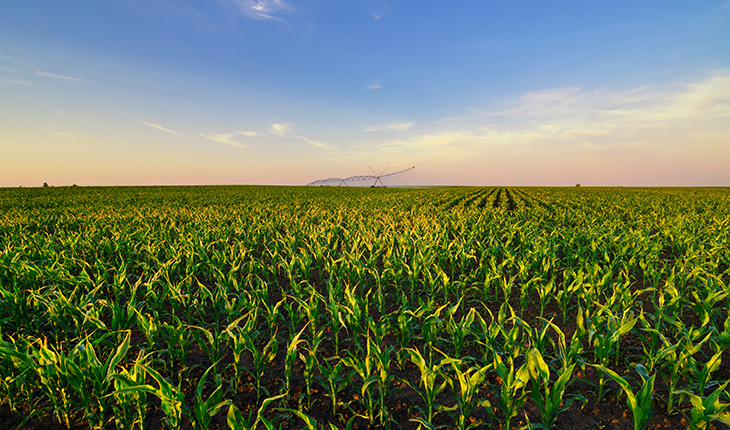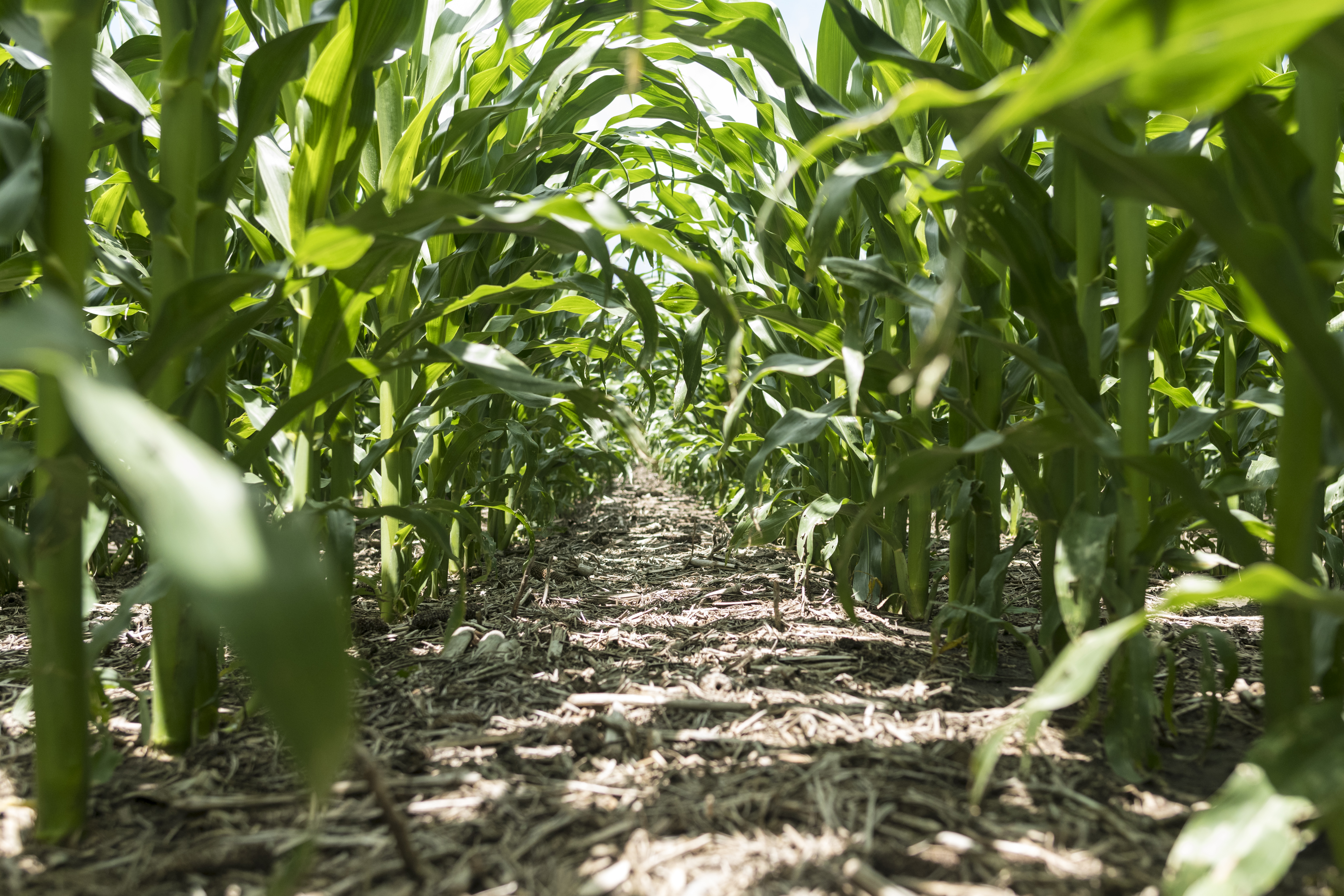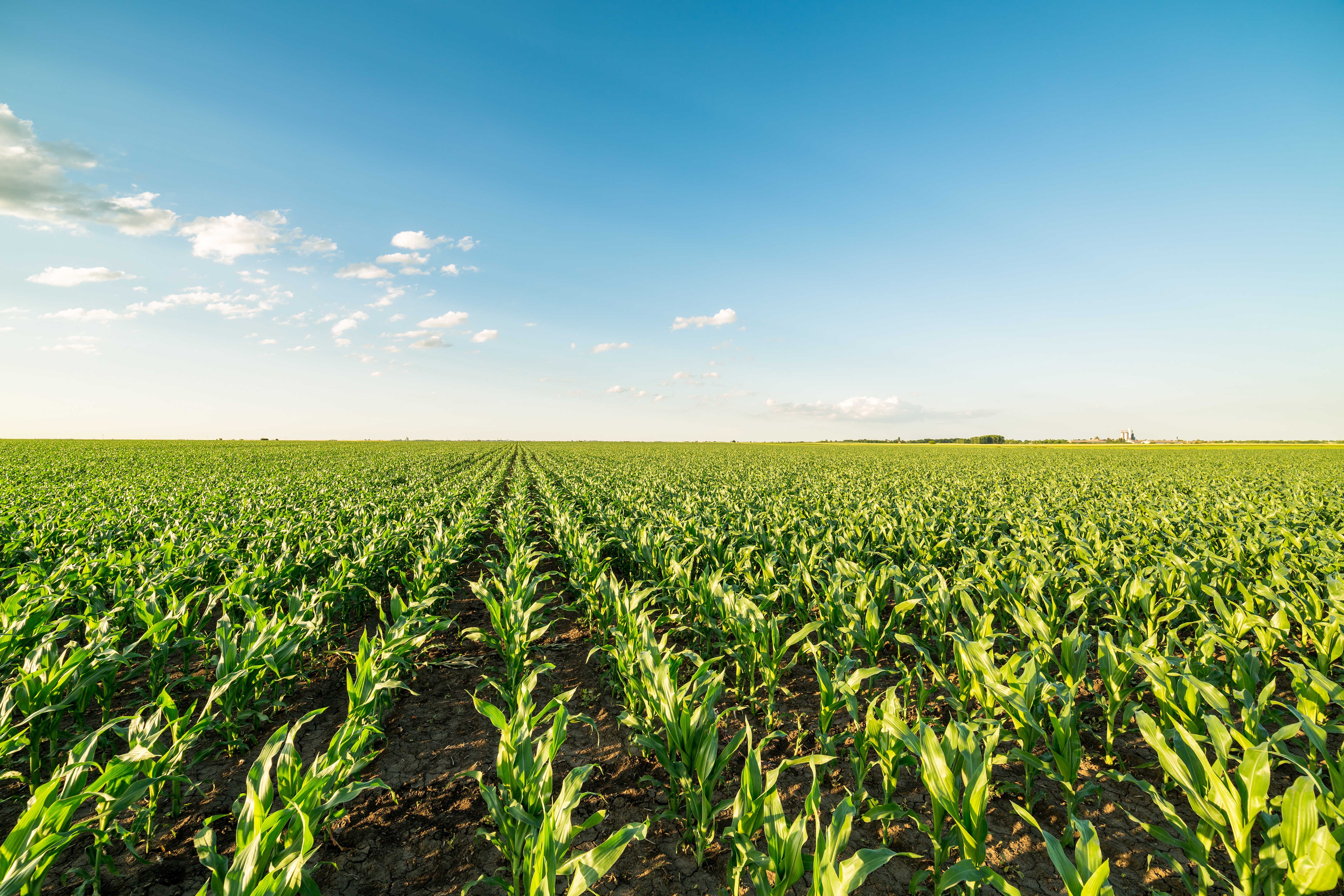Yield data collection hardware is common in most combines on today’s farms. Growers and agronomists have started to use this combine collected data to develop management zones and soil sample accordingly. This reduces the cost of labor and number of samples requiring analysis, while trying to place fertilizer in the correct spots within a field. Does this make grid sampling an out dated way to collect soil sample information?
Grid sampling is still an essential part of achieving maximum yields. Multiple soil samples are collected and analyzed at a soil lab, and each sample is logged at a specific geo-referenced location. Ag data management software is needed to interpolate the soil test values and develop variable rate application recommendations. Variable rate application equipment is used to place fertilizers where they have the best opportunity to maximize yields and limit excess fertilization where soil test values are high or return on investment is extremely low.
With a complete analysis of the soil samples, we will gain perspective on the available plant nutrients stock pile along with information about soil structure, water holding capacity, pH, and etcetera. The samples will allow us to predict if the soil will supply the growing plant enough nutrients to meet yield requirements, and develop a solid plan to apply additional fertilizers if needed. Since most nutrients tested in a traditional grid sample are mostly non-mobile and soil structure changes slowly over time, a grid sample is really a multiple year plan. Fields should be re-sampled with a grid every 4-6 years. Zone samples can be an effective tool to use to make season to season adjustments to your fertility plan, but this type of sampling is not accurate enough to develop long term plans.
Yield data can be skewed by problems with soil fertility, soil structure, soil pH, along with differences in management practices. Accurate management zone creation should include a previous grid sample. Grid samples should be taken in 2.5 acre increments or smaller. Anything larger increases the chances of undetected problems between sample points.



